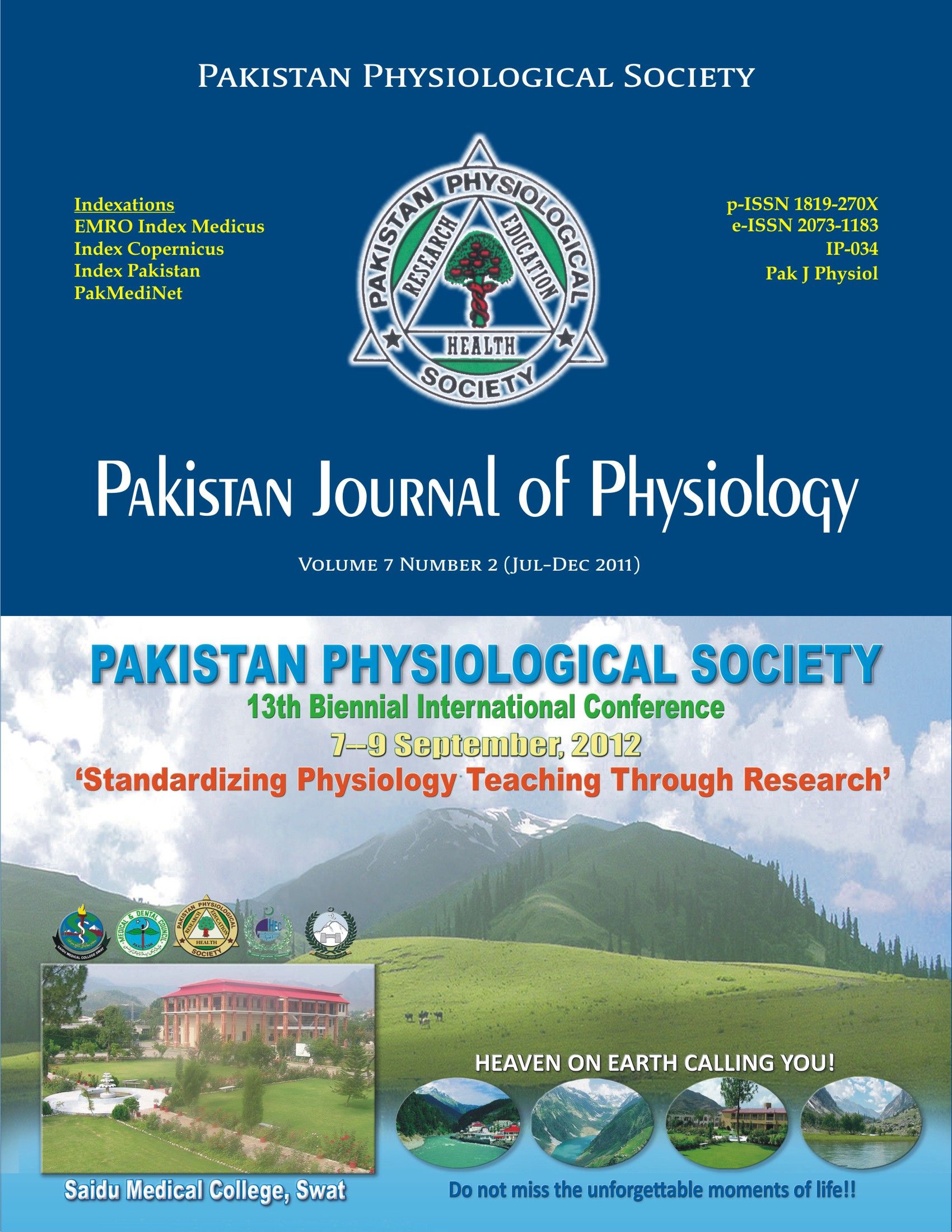VALIDITY OF F-WAVE MINIMAL LATENCY OF MEDIAN AND ULNAR NERVES FOR DIAGNOSIS AND SEVERITY ASSESSMENT OF CARPAL TUNNEL SYNDROME IN TYPE II DIABETES MELLITUS
DOI:
https://doi.org/10.69656/pjp.v7i2.801Keywords:
F-wave minimal latency, median nerve, ulnar nerve, carpal tunnel syndrome, type II diabetes mellitus, electromyographyAbstract
Background: Type II diabetes mellitus is a common problem and is sometimes associated with Carpal Tunnel Syndrome (CTS) due to compression of median nerve at wrist. Electrophysiological tests are frequently used for its diagnosis. In this work, F-wave minimal latency (FWML) difference between median and ulnar nerve and F-ratio is used to facilitate the diagnosis and severity of CTS in type II diabetes mellitus (T2DM). Methods: Thirty control cases were selected who were physically fit for normal electrophysiological values. Thirty-two patients with a long history of type II diabetes mellitus were studied for electro-diagnostic tests. All patients had clinical evidence of CTS. Among all diabetics about 20 cases had poor glycaemic control (HbA1c>7.5). F-wave minimal latency (FWML) were measured in median and ulnar nerves and F-ratio of median nerve were also noted. The mean values in different groups were compared using t-test and p£0.05 was considered significant. Results: In control group, the ulnar FWML was either equal or slightly longer that the median FWML value. In CTS group with type II diabetes mellitus the FWML value of median nerve were significantly longer than FWML of the ulnar nerve. Moreover, in uncontrolled diabetic patients the FWML values was very much longer than controlled group. Similarly the F-ratio of median nerve was significantly low. Conclusion: In addition to the specific criteria for CTS diagnosis, the parameters like FWML difference in median and ulnar nerve with reduced F-ratio of median nerve can be useful in establishing the diagnosis and severity of CTS in type II diabetes mellitus.
Downloads
Downloads
Published
How to Cite
Issue
Section
License
The author(s) retain the copyrights and allow their publication in Pakistan Journal of Physiology, Pak J Physiol, PJP to be FREE for research and academic purposes. It can be downloaded and stored, printed, presented, projected, cited and quoted with full reference of, and acknowledgement to the author(s) and the PJP. The contents are published with an international CC-BY-ND-4.0 License.











